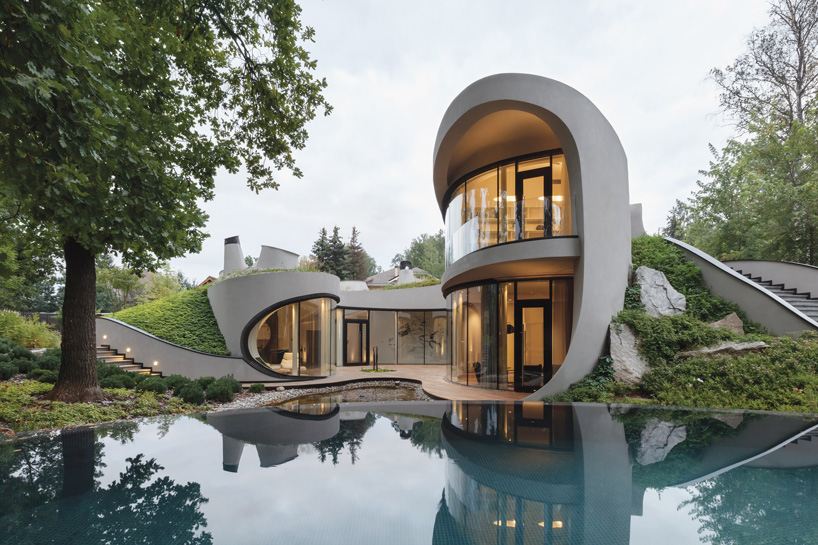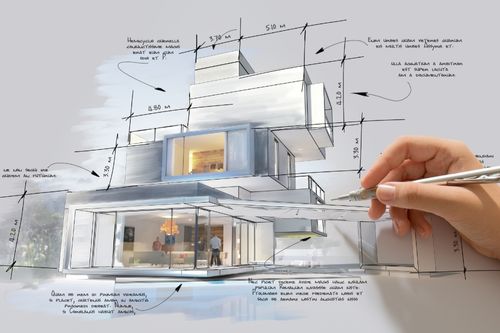Top Reasons to Pick CDA Architects for Your Residential or Commercial Designs
Top Reasons to Pick CDA Architects for Your Residential or Commercial Designs
Blog Article
An Extensive Review of Building Styles and Their Influence on Modern City Preparation and Advancement
Building styles have long offered as a mirror to the social worths and technological developments of their time, playing an important role in shaping contemporary city preparation and development. From the magnificence of Neoclassicism to the utilitarian approach of Brutalism, each design has presented unique concepts that affect urban aesthetic appeals and functionality.
Historical Overview of Architectural Styles

As cultures transitioned through the Middle Ages, Gothic design arised, defined by its verticality and elaborate detailing, mirroring the spiritual goals of the age. The Renaissance marked a resurgence of timeless suitables, combining art and design in innovative manner ins which affected subsequent designs across Europe.

Today, building styles remain to advance, driven by globalization and sustainability issues, reflecting a dynamic interplay in between heritage and technology. This historic introduction highlights the significance of style as a mirror of societal evolution and as a catalyst for metropolitan advancement.
Key Architectural Styles Explained
The diversity of architectural styles reflects the myriad impacts that form our developed environment, each personifying distinctive attributes and cultural relevances. Trick building styles consist of Classical, Gothic, Baroque, Innovation, and Postmodernism, each standing for distinct historic contexts and aesthetic philosophies.
Timeless design, rooted in ancient Greece and Rome, stresses symmetry, percentage, and using columns (cda architects). In contrast, Gothic architecture, thriving between Ages, is defined by sharp arches, ribbed safes, and flying buttresses, producing an angelic high quality in sanctuaries. Baroque style, emerging in the 17th century, is noted by majesty, elaborate decoration, and a vibrant interaction of light and darkness
Modernism, which got momentum in the very early 20th century, prioritizes feature over form, using new products like steel and glass to develop minimalist structures. Postmodernism, responding against the austerity of Modernism, accepts eclecticism and historic recommendation, typically including spirited components and irony.

Influence On Urban Preparation
In forming the development of cities, building designs dramatically affect metropolitan planning decisions. The option of building style often dictates the aesthetics, performance, and overall personality of urban atmospheres.
Moreover, architectural designs can affect zoning policies and land use plans. Urban coordinators should think about the prevailing architectural fads when creating areas, making sure that new advancements integrate with existing structures. This consideration cultivates cohesive metropolitan landscapes and improves area identification.
The application of specific architectural styles can additionally influence socioeconomic factors within a city. Premium contemporary designs may attract wealthy locals and services, leading to gentrification, while a lot more affordable housing options might focus on practical and lasting designs to fit varied populations. cda architects. Inevitably, the interplay between building designs and city planning creates dynamic cities that show both historical context and modern demands, shaping the lived experiences of their occupants
Sustainability and Modern Style
Architectural Read Full Article styles play a pivotal function in addressing contemporary obstacles, especially in the realm of sustainability. As city locations broaden and ecological worries intensify, modern design increasingly accepts sustainable design principles that focus on power efficiency, resource conservation, and very little ecological effect.
Contemporary architectural motions, such as biophilic style and green style, advocate for structures that integrate with their environments, making use of natural products and promoting biodiversity. These designs commonly include renewable resource sources, such as solar panels and wind turbines, to decrease reliance on fossil fuels and reduced carbon impacts.
In addition, the combination of advanced innovations, such as clever structure systems, enhances power administration, optimizing source use while ensuring occupant convenience. Cutting-edge water administration strategies, including rainwater harvesting and greywater recycling, further contribute to sustainable city settings.
Notably, sustainability extends beyond environmental problems; it incorporates social and financial measurements also. By cultivating neighborhood wellness and advertising inclusivity, contemporary architectural designs line up with sustainable development objectives. Consequently, the development of architectural methods remains to shape durable cities that not only satisfy the demands of today yet likewise safeguard the future for generations to find.
Area Involvement in Layout
Community engagement in design works as a critical bridge in between architects and the populaces they serve, making sure that the constructed setting mirrors the needs and desires of its individuals. This collaborative procedure invites area participants to contribute their insights and choices, fostering a sense of possession and obligation towards the areas they populate.
Efficient neighborhood interaction utilizes various approaches, such as workshops, surveys, and public discussion forums, to gather varied point of views. These techniques promote a two-way discussion, enabling designers to recognize neighborhood contexts while empowering locals to articulate their problems and needs. This inclusivity not just improves the layout high quality but likewise advertises social equity by attending to the one-of-a-kind difficulties faced by marginalized groups.
Moreover, neighborhood engagement can lead to cutting-edge remedies that may not emerge in a typical design procedure. By incorporating regional expertise and cultural worths, engineers can develop spaces that reverberate even more deeply with customers, enhancing usability and sustainability. Eventually, focusing on neighborhood engagement in layout processes causes atmospheres that nurture social interactions, support well-being, and enhance community connections, therefore playing a pivotal function in forming modern-day metropolitan landscapes.
Conclusion
Building styles have greatly affected contemporary city pop over to this web-site preparation and advancement, Recommended Reading showing progressing cultural and technical contexts. The integration of historical aesthetic appeals with contemporary needs promotes urban environments that focus on sustainability and community involvement. As cities proceed to grow and adapt, the continuous discussion in between architectural heritage and contemporary layout concepts will certainly remain important in producing comprehensive, dynamic areas that boost lifestyle and promote social equity. The future of metropolitan development depend upon this unified equilibrium.
Report this page